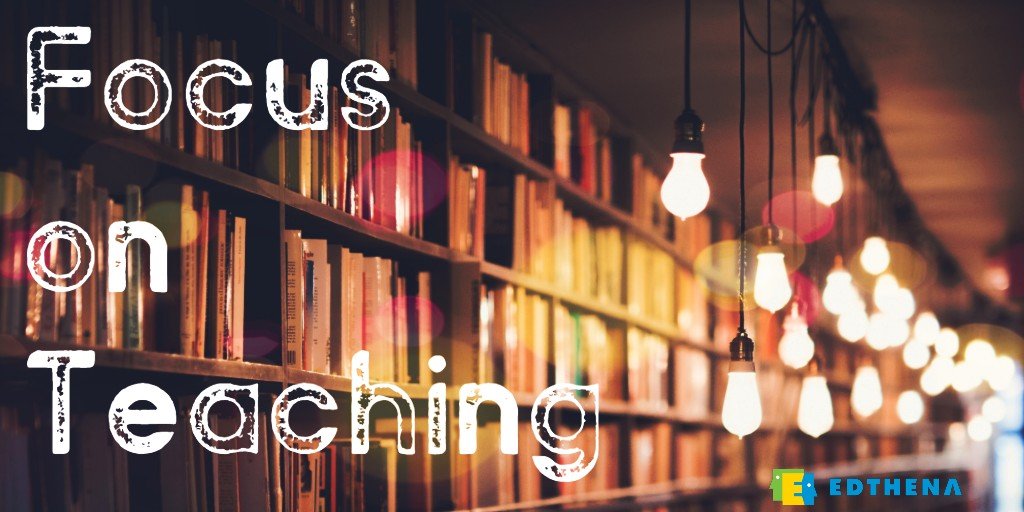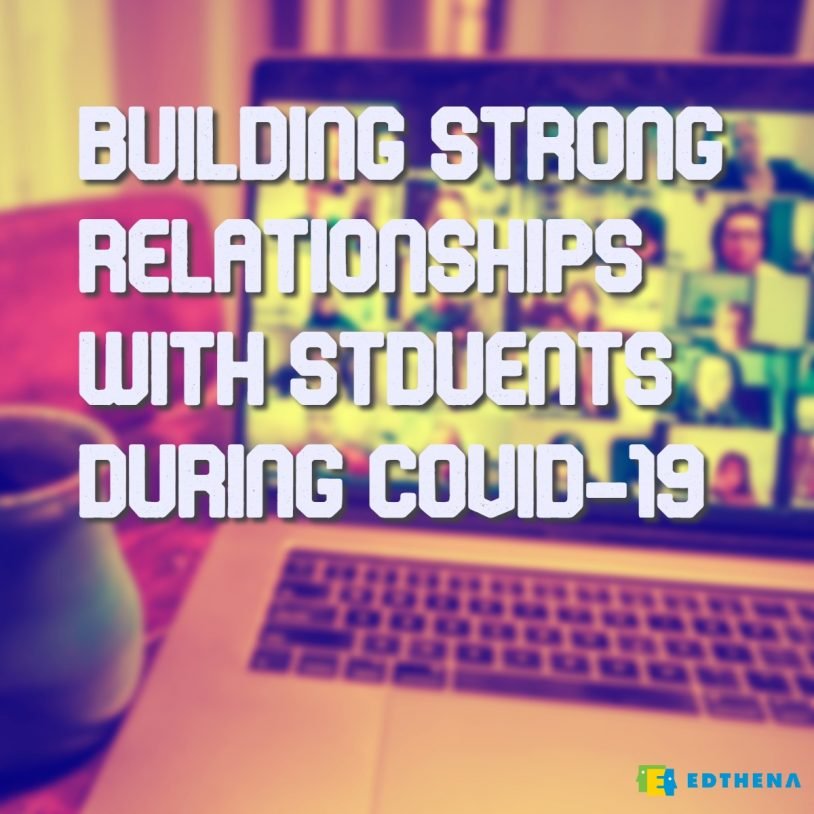4 Ways to Build Positive Student Relationships in Covid-19 Classrooms

-
The beginning of the school year is a pivotal time for an educator to develop personal connections and positive student relationships that can be sustained during the entire year.
-
Common relationship-building tactics will need to be adjusted given the current virtual and social distancing landscape.
-
Strong relationships with teachers and classmates may be the catalyst for many students to persevere if they are struggling with distance learning.
-
One relationship-building strategy that many educators are using is maintaining weekly or even daily check-ins where the focus is on the student’s emotional well-being rather than their academics.
-
Creating a buddy system where students are paired together allows them to build relationships with their peers.
In her article titled, How to Build Relationships with Students During Covid-19, Arianna Prothero provides effective relationship-building strategies for educators as they attempt to build connections with students in an online or socially distanced setting. A meaningful connection is what most educators fall back on when they need to get something important across with a student.
Given the unpredictability of this school year, educators need to shift their relationship-building tactics they have been accustomed to in order to ensure their students have a tangible connection to their schools and teachers.
Although factors such as distance learning, hybrid schedules, and social distancing are making relationship-building a challenge, it is a worthwhile investment to intentionally focus on creating these bonds early in the year. Arianna provides four tactics that educators can use.
Set a blueprint and map out student-adult relationships
Relationship mapping is a strategy in which school staff members identify the students who do not have as many strong school adult relationships and they seek to connect them with a positive mentor in the school. This ensures that all students have at least one extremely reliable and nurturing adult relationship.
Mentors could be anyone from a classroom teacher, coach, counselor, or any other member of the school staff. Ultimately, the aim should be to match up students with a mentor who has similar interests.
Students need to be taught how to enhance those relationships so both the student and mentor are held accountable for developing a positive connection.
Go beyond academics in weekly check-ins
Arianna believes that all students should be receiving at least one weekly one-on-one check-in with their teacher. However, these check-ins should focus on the student’s emotional well being rather than just how they are doing with their classwork.
One suggestion that Arianna made was to have students complete a worksheet in which they circle an emoji that describes their current mood. She also promoted the thorn and rose game in which students share one positive and one negative thing about their week.
Ultimately, the challenge is to make sure these check-ins do not become uniformed. Simply asking how things are going at home every week will eventually become too repetitive. This is why it is important to come up with creative exercises and questions that ensure the student goes beyond their comfort zone in these one-on-one meetings.
Create buddy systems to engender peer connections
Without the interactive setting in most schools, it will also be difficult for many students to create positive connections with their peers. Arianna suggests that schools be proactive about facilitating connections among classmates.
For students who are learning remotely, schools can create a buddy system in which students are paired up and asked to do weekly check-ins with each other. This will help assemble a greater sense of community and develop social-emotional skills for the students. One simple idea is to open up the video conferencing classroom a few minutes early to provide the students with a chance to talk with each other.
Be mindful of the importance of the parent-teacher relationship
Another relationship that could fall by the wayside is the one that should exist between teachers and parents. Teacher relationships with parents will be critical this year and need to be formed early.
Parents should be provided with opportunities to discuss how they feel the virtual learning experience went with their kids. Surveys can also be distributed to connect with parents and ensure that their input has been received.
Overall, the relationship-building tactics that many educators have relied on will be mostly negligent this year. For many educators, the amount of personal time that they have with their students has been shortened.
With that said, there are still many strategies that can ensure a healthy teacher-student relationship. Some of them identifying and mapping out an adult relationship plan, maintaining weekly check-ins through the year, building peer connections, and ensuring the parent-teacher relationship continues to thrive.
Like what you’re reading? Check out a recent article in this series about some distance learning student engagement strategies.


